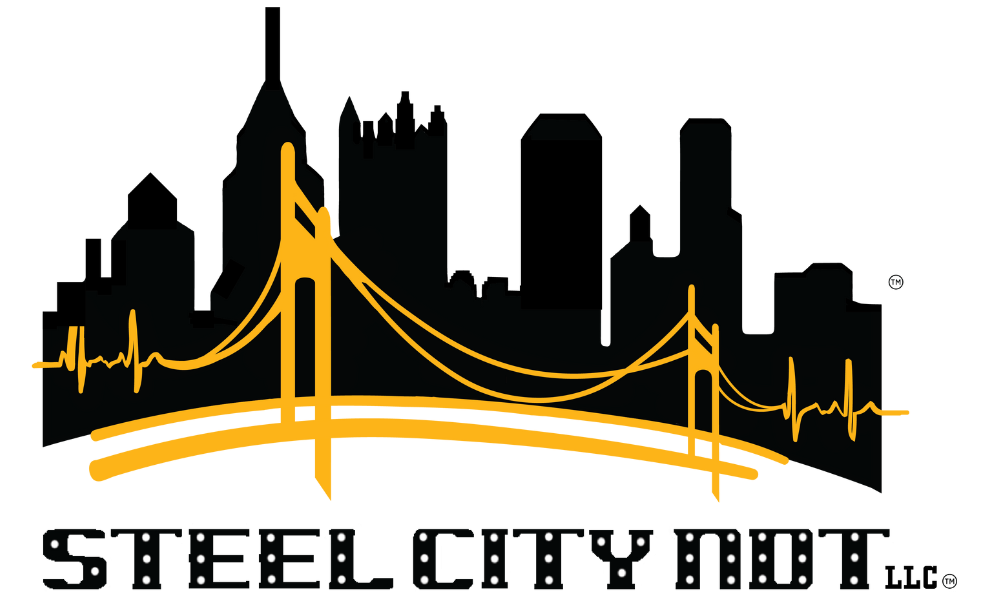Preserving Integrity: Exploring Essential Non-Destructive Testing Methods in Aviation
December 21, 2023
Non Destructive Testing Methods in Aviation
Aviation safety is of utmost importance in the aviation industry. With millions of people flying every day, it is crucial to ensure that aircrafts are in top condition and free from any defects. This is where non destructive testing (NDT) methods come into play. NDT methods are used to detect any flaws or defects in aircraft components without causing any damage to them. In this article, we will discuss the various non destructive testing methods used in aviation to ensure the safety of passengers and crew.
Visual Inspection
Visual inspection is the most basic and widely used NDT method in aviation. It involves a thorough visual examination of aircraft components to detect any visible defects such as cracks, corrosion, or damage. This method is usually performed by trained technicians who use specialized tools and equipment to inspect the exterior and interior of the aircraft.
Eddy Current Testing
Eddy current testing is a non destructive testing method that uses electromagnetic induction to detect surface and near-surface defects in conductive materials. This method is commonly used to inspect aircraft components made of aluminum, titanium, and other conductive materials. It is a quick and efficient method that can detect small cracks and defects that are not visible to the naked eye.
Ultrasonic Testing
Ultrasonic testing is another widely used NDT method in aviation. It uses high-frequency sound waves to detect internal defects in aircraft components. A transducer is used to send sound waves through the material being tested, and the reflected waves are analyzed to detect any flaws or defects. This method is highly accurate and can detect even the smallest defects, making it an essential tool in ensuring aviation safety.
Magnetic Particle Testing
Magnetic particle testing is a non destructive testing method that uses magnetic fields to detect surface and near-surface defects in ferromagnetic materials. This method involves applying a magnetic field to the material being tested and then applying iron particles to the surface. If there are any defects, the particles will be attracted to them, making them visible to the technician. This method is commonly used to inspect critical components such as engine parts and landing gear.
Liquid Penetrant Testing
Liquid penetrant testing is a non destructive testing method that is used to detect surface defects in non-porous materials. It involves applying a liquid dye to the surface of the material, which seeps into any cracks or defects. The excess dye is then removed, and a developer is applied, which draws out the dye and makes any defects visible. This method is commonly used to inspect aircraft components made of non-metallic materials such as composites.
Radiographic Testing
Radiographic testing is a non destructive testing method that uses X-rays or gamma rays to detect internal defects in aircraft components. This method is commonly used to inspect thick or complex components that cannot be inspected using ultrasonic testing. It is a highly accurate method that can detect even the smallest defects, making it an essential tool in ensuring aviation safety.
By using these non destructive testing methods, the aviation industry can ensure the safety of passengers and crew by detecting any defects or flaws in aircraft components. These methods are constantly evolving and improving, making air travel safer than ever before.
You might also like





